The fake NES Classic Edition console has a plastic case so close to the original on the outside that it must have been moulded from a genuine console. On the front is "Entertainment System" in red, in a font that hints at a Chinese origin for the device. No Nintendo logo or fake thereof in sight.
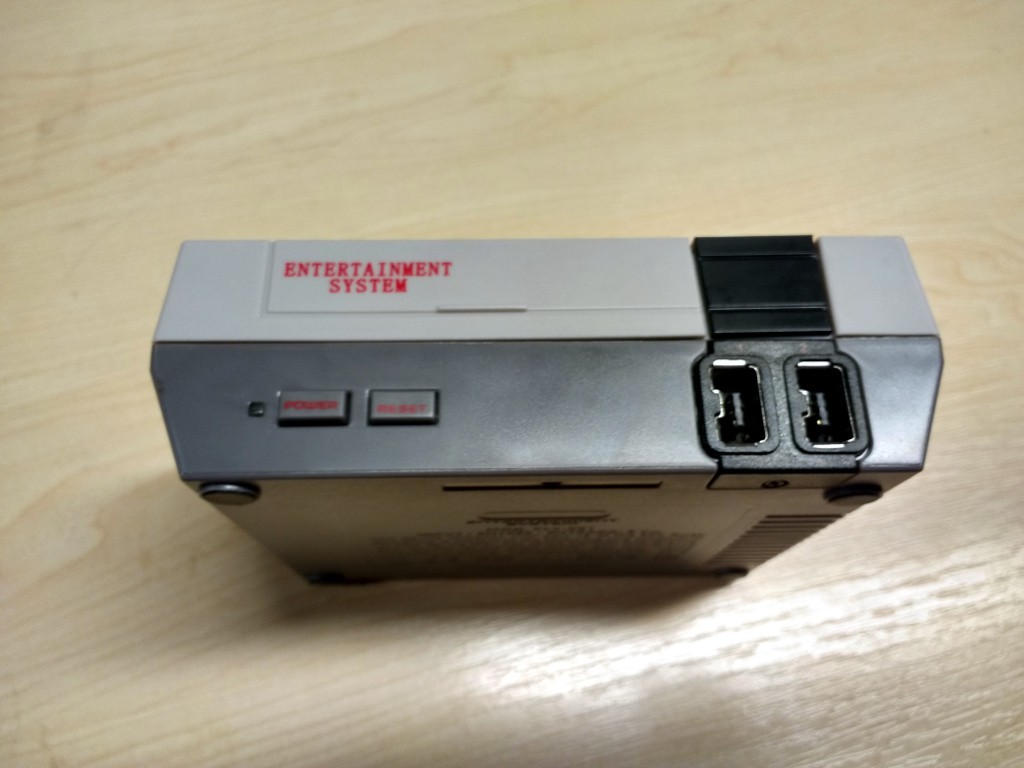
Below the writing are power and reset buttons as per the original, though they are much more flimsy and irregular. There is a white power LED in contrast to the red original.
It comes with a cheap knock-off NES controller, which connects to the one of the pair of correct WII-style sockets on the front of the unit. On the rear is a mini-USB for power and a 3.5mm jack for AV. None of the HDMI you'd find on the genuine console. Plug it all in, connect a TV, and you are presented with a menu allowing you to select a game and start playing.
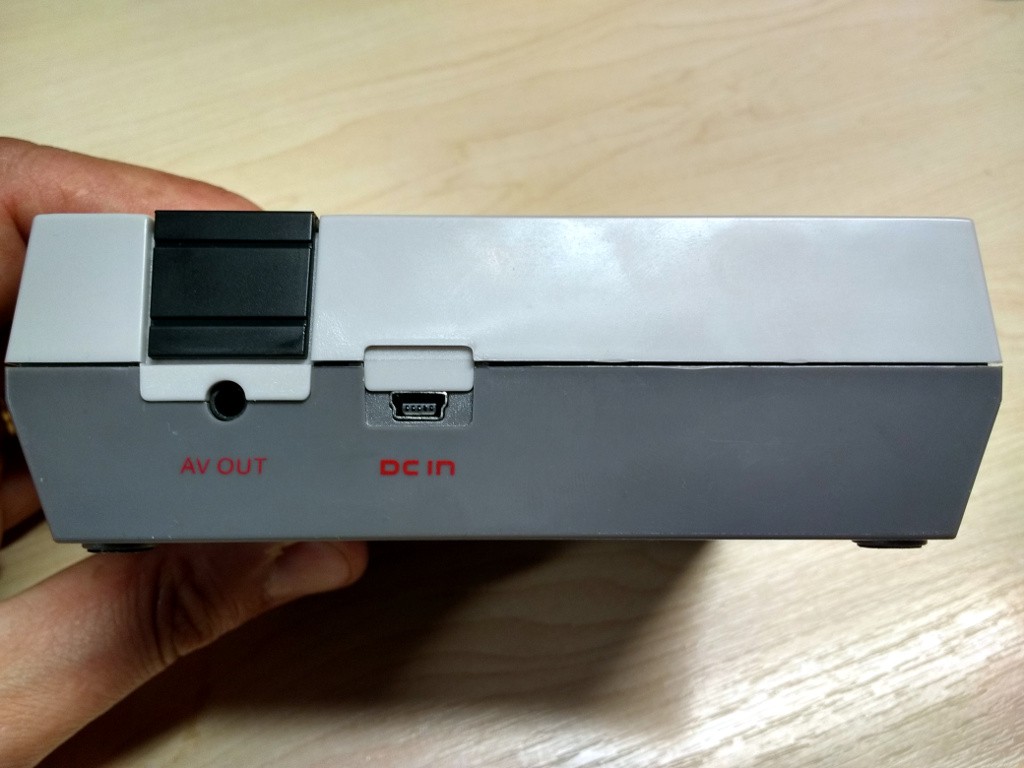
On the bottom of the unit is the full safety and regulatory info you'd expect on the Nintendo original, less of course a Nintendo logo. We'd expect this to have been copied directly from the original moulding.
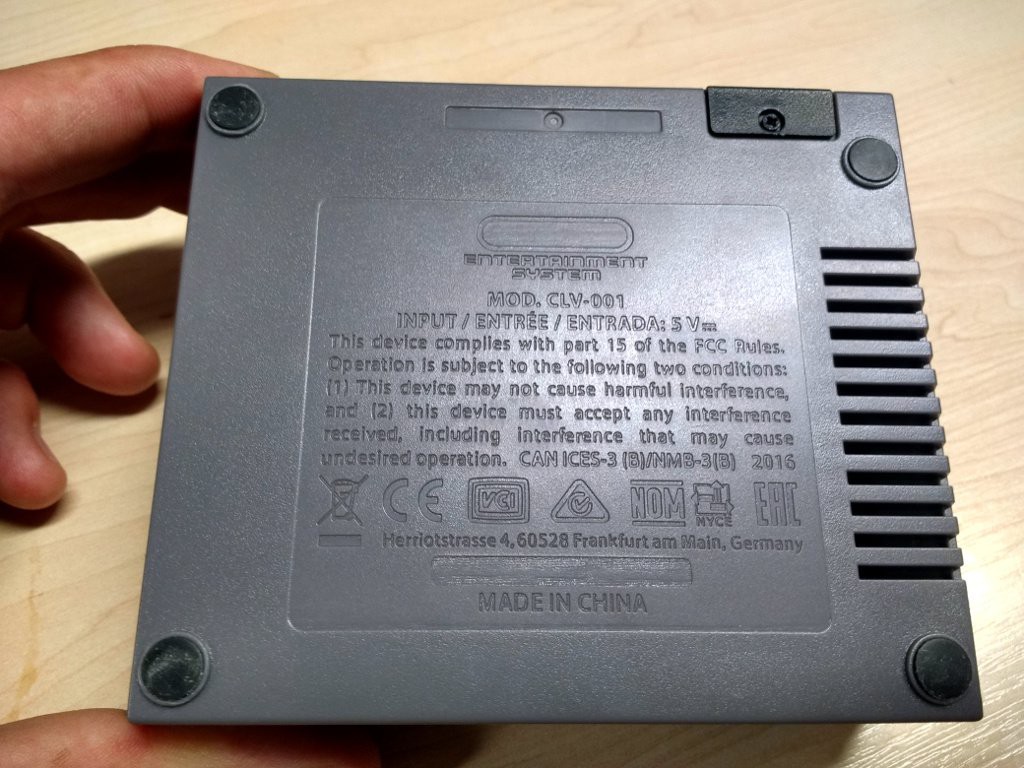
Four screws hold the unit together, hidden under the rubber feet. Inside are small PCBs for connectors and switches, and a matchbox-size PCB containing the console electronics themselves. Compare with the large board in the genuine device, which you'll find in the link listed on the left. On the fake board is a CPU under an epoxy blob, and a large ROM chip presumably holding all those games.

It is fairly obvious that this is a general purpose CPU board, as it has a mostly unpopulated header for I/O, of which the populated lines serve the two controller sockets. There is no clue as to the CPU architecture employed.
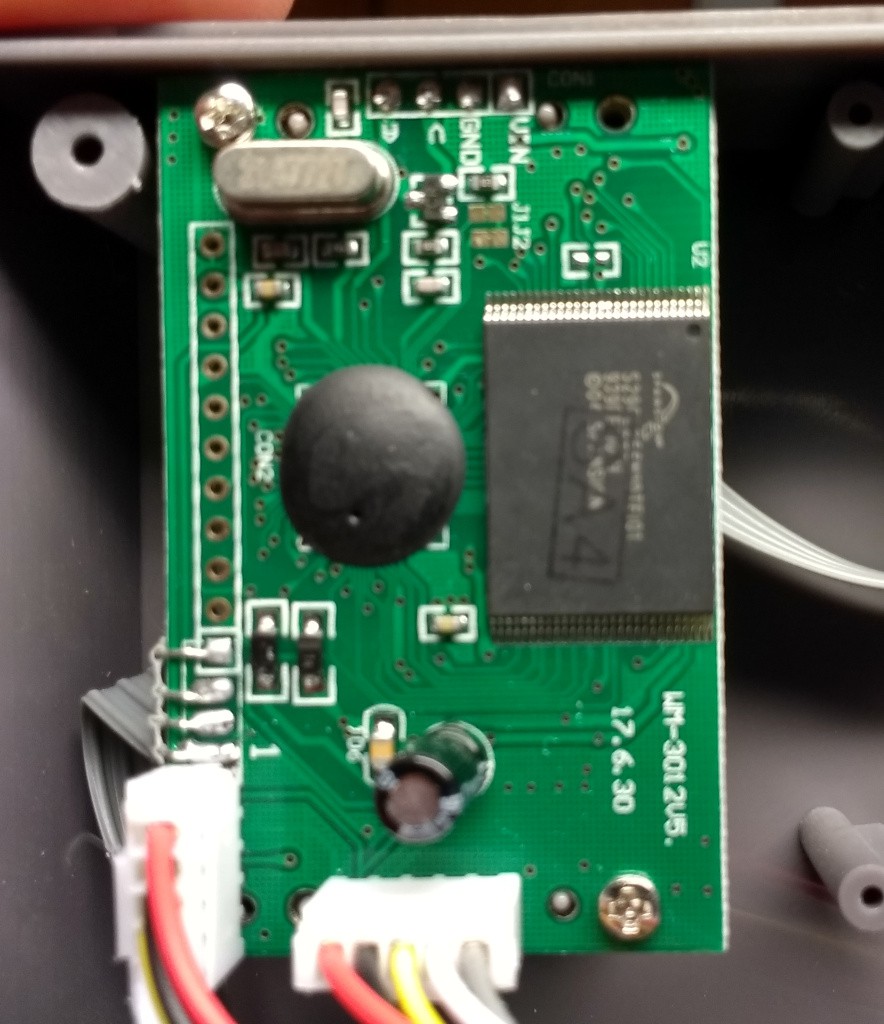
It is interesting to look at this fake console and compare it with a genuine NES Classic Edition. The board is much smaller and it's evident there is less computing power in play probably due to the lack of need to support HDMI, plus there is no metal shield. It's unlikely that the knock-off would pass the EMC and similar tests that the genuine console would have done, for example.
I'll leave it to the reader to decide whether shelling out for a knock-off is better than buying the real thing, or running an emulator on a Raspberry Pi. It would be interesting to know whether that little CPU board could be cracked wide open and used for other purposes, though it looks a bit doubtful.
Still, an interesting exercise in taking a look inside a fake console.
 Jenny List
Jenny List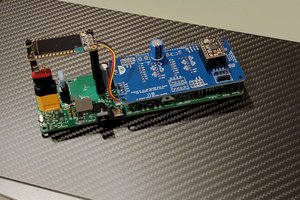
 Colin Catlin
Colin Catlin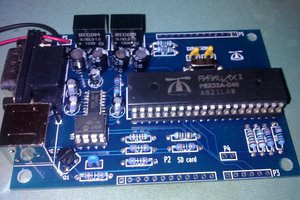
 jay-t
jay-t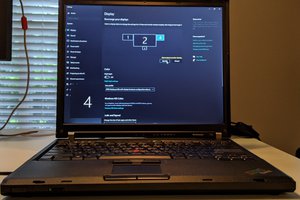
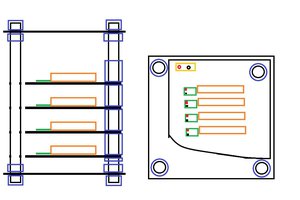
 cyplesma
cyplesma
I don't mean to dust this one off, but what are the chances this can be flashed like the actual NES classic even though there are hardware differences?